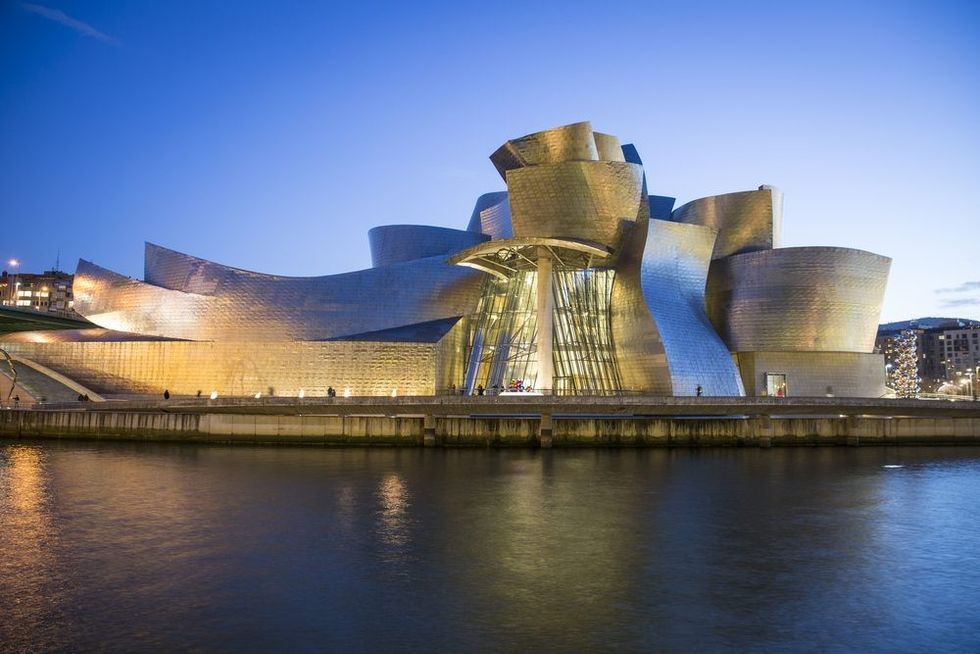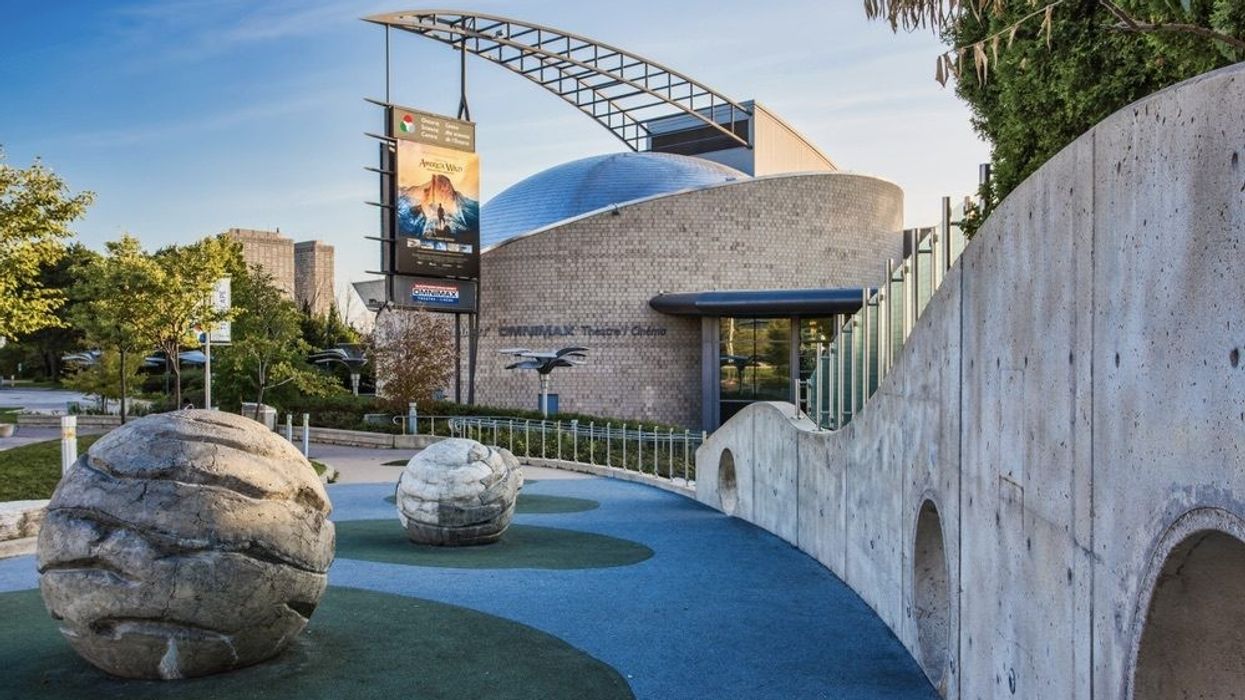Architecture is more than buildings. It plays a large role in our civic, social, and cultural life. That’s why our failure to honour the past will leave us without a clear sense of who we are and where we come from. Yet the idea that tearing down buildings simply because they are “old” is acceptable practice in Toronto.
Typically, the reason is that there’s money to be made developing land that is now much more valuable than anyone previously imagined. How many important heritage structures have been demolished to make way for another nondescript condo tower? The city, its planners and politicians, have let this happen with little more than a request to save a façade or two. Some call this façadomy, others façectomy. Either way, it hurts.
The growth that has made Toronto the envy of North America has devastated the city. Our willingness to sacrifice history has led to an endless round of built sameness that is fast replacing the architectural diversity that makes the urban landscape so engaging. The effect of this spreading monotony is not insignificant; to put it bluntly, Toronto is becoming boring, if not stultifying. It was hardly surprising that a poll released this year called Toronto “the most overrated city in Canada.”
Contemporary architecture has long since reached peak sameness. One condo tower looks much like any other. Architects operate in a global forum that has left their work and cities around the world looking more alike then ever. Indeed, except for the occasional masterpiece -- the Bilbao Guggenheim, Manhattan High Line, and the Sydney Opera House -- cities are defined largely by their historic centres. When tourists visit, say, Paris, they don’t go to see the banlieues or even La Defense, but the city of Haussmann with its tree-lined boulevards, elegant squares and harmonious 19th-century façades.
So when Premier Doug Ford announced last week that the Ontario Science Centre should be torn down because it’s “old,” “tired,” and “run down,” it was reminder why local heritage faces such a bleak future. The 54-year-old institution, which represents Brutalist architecture at its most heroic, is all those things, but only because Ford and many premiers before him refused to maintain the centre. And let’s not forget, the sad condition of the OSC is also a reflection of the enduring popularity of an attraction that has received more than 54 million visits since it opened.

Ford wants to demolish the centre and build a new one by Ontario Place on the waterfront. It will, he promises, be a “world class” tourist destination, though only half the size of the original.
Intentionally or otherwise, Ford showed his hand when he told reporters that Ontario Place is, “prime, prime real estate.” Exactly. Forget architecture, Ontario Place, the science centre, or for that matter the Green Belt (“a field filled with weeds”). According to Ford, it all boils down to real estate. And as the premier’s many developer pals have undoubtedly reminded him, until it’s monetized, real estate is nothing but empty space.
READ: “Jamming People In”: Does Replacing the Science Centre with More Housing Actually Make Sense?
Ford’s approach comes right out of the 1960s and ‘70s when local businesses and politicians set out to demolish Old City Hall and Union Station because they weren’t shiny and new and, more importantly, because the land they occupied was prime real estate. There was money to be made getting rid of these storied structures, lots of it. Only organized resistance from Torontonians stopped what would have been an act of sanctioned vandalism.
Today, Toronto would be unimaginable without these two buildings. Both are city symbols. It’s worth noting that over the last decade Ottawa, Queen’s Park, and VIA Rail have spent $824 million refurbishing Union Station, a building that came so close to being destroyed.
Despite the superlatives, Doug Ford’s bottom-feeding ways make it clear he’s less dedicated to city building and affordable housing than in helping friendly corporate interests turn a quick buck at the city’s expense. From the moment Ford was elected premier, he has made no secret of his antipathy for the city that laughed him off the stage back in 2011 when, as a city councillor, he proposed the Port Lands be handed over to the private sector for a monorail, mega-mall, and the world’s largest Ferris wheel. Once again, Torontonians rose up to ensure Ford’s kitsch fantasy was soundly rejected.
This time around, laughter won’t be enough to put an end to the premier’s ill-conceived plans for Ontario Place and the Ontario Science Centre. On the other hand, Torontonians have demonstrated that when they get mad, nothing can stop them.
If Doug Ford hopes to be remembered as a leader not just another politician, he should learn that faced with an angry bear, better to stroke it than poke it.





















